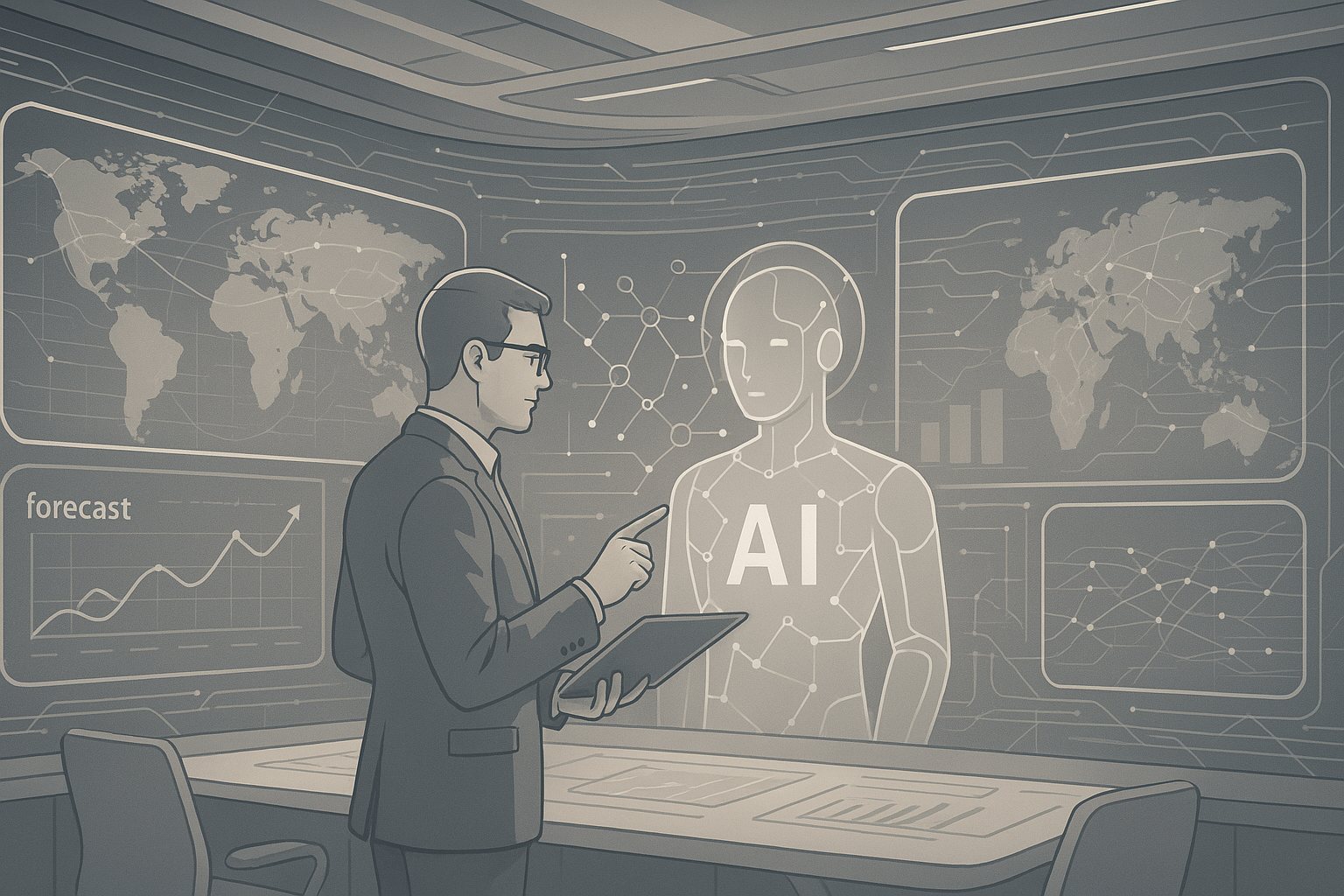Optimizing B2B Websites for Revenue: A Strategic Guide to CRO, AI, and Web Performance
April 17, 2025
Osama Tahir

Introduction: From Website to Revenue Engine
In today’s enterprise marketing landscape, the website has become the most important salesperson—available 24/7, always on message, and capable of influencing millions in pipeline. B2B buyers now complete more than 67% of their journey digitally before ever speaking to sales. That makes the website not just a marketing asset, but a critical revenue driver.
Yet many organizations still treat website optimization and conversion rate optimization (CRO) as tactical exercises—confined to A/B tests or landing page tweaks. The result? Missed opportunities, siloed teams, and low ROI from high-traffic pages.
This guide reframes website performance as a strategic capability. We’ll walk through a maturity model, examine how AI is transforming Web Optimization, outline how to build scalable optimization programs, and explore common pitfalls to avoid.
Maturity Pillars of Enterprise CRO
High-performing B2B websites don’t emerge from hacks—they evolve from structured, strategic programs. We use a four-pillar framework to evaluate CRO program maturity:
1. Strategy & Culture
Optimization maturity starts with mindset. In low-maturity teams, CRO is reactive—triggered by poor performance or opinions. In mature teams, CRO is embedded into GTM planning, with leadership buy-in and experimentation culture. Every test ties to business KPIs like demo conversions or pipeline contribution—not just button clicks.
What high-maturity looks like:
- CRO roadmaps align with quarterly GTM priorities
- Experimentation is part of the company DNA—not a side project
- Failures are seen as learnings; wins are celebrated cross-functionally
2. Process & Governance
Great ideas mean little without a system. Many CRO teams stall because of unclear workflows, poor documentation, or turf wars over web ownership. Process maturity ensures tests are well-prioritized, consistently analyzed, and knowledge is shared across teams.
Key elements of process maturity:
- Standardized test briefs, QA, and analytics tagging
- Prioritization frameworks (e.g. PIE, ICE)
- Governance to avoid overlapping tests or rogue deployments
- A shared testing archive for learnings
3. Tools & Technology
Most enterprise websites suffer from tech sprawl: multiple analytics tools, redundant heatmaps, disconnected CMSs. High-performing teams consolidate their stack and invest in integration. The tech stack should support fast iteration, not create friction.
Checklist for maturity:
- A/B testing tool + behavioral analytics (e.g. session replays, heatmaps)
- Integrated stack (CMS, CRM, MAP) to avoid siloed data
- Clear DevOps process to support test deployment
- Technical site performance (load speed, accessibility) continuously optimized
4. People & Skills
CRO is a cross-functional sport. You need strategy, data, UX, copywriting, and dev working in tandem. In low-maturity setups, CRO is owned by one generalist. In high-maturity ones, there’s either a centralized Web Optimization team or embedded CRO roles with clear enablement support.
Key capabilities include:
- Strategic lead (e.g. CRO Manager or Web Optimization Lead)
- UX/UI designers + copywriters trained in experimentation
- Analysts with statistical literacy
- Developers who support rapid test deployment
- CRO evangelists across functions to ensure buy-in and literacy
How AI is Shaping Modern Optimization in Practice
AI isn’t just hype in CRO—it’s a multiplier. Done right, it accelerates decision-making, personalizes at scale, and uncovers insights humans miss. But it must be used strategically, not blindly.
1. Segment Discovery & Personalization at Scale
AI tools like Mutiny and Kameleoon can segment users based on behavior and firmographics, then auto-adjust page elements to increase conversion. Instead of 1:1 rule-based personalization, AI clusters similar user types and optimizes for intent.
Example: A SaaS firm used AI to dynamically tailor homepage CTAs by visitor industry, resulting in a 23% increase in demo requests.
2. Insight Acceleration
AI can analyze heatmaps, session recordings, and scroll data at scale. Tools like Google Analytics 4 now include built-in AI to flag anomalies, suggest hypotheses, and prioritize segments based on engagement.
3. Experimentation Velocity
AI enhances test design and iteration:
- Auto-segment results to detect where specific variants win
- Use multi-armed bandits to dynamically allocate traffic to high-performing versions
- Suggest new hypotheses based on past test archives
Tools like Evolv run “always-on” optimization with dozens of variant combos.
4. Human Judgment Still Matters
AI doesn’t understand brand nuance or customer emotion. Use AI for analysis and automation—but keep humans in charge of test interpretation and creative.
Designing a Scalable Web Optimization Program
To operationalize CRO beyond a few tests, enterprise teams need structure. Here’s how:
1. Team Model: Centralized or Hybrid
High-velocity programs often start with a central Web Optimization team that owns testing methodology, governance, and learnings. Execution can be decentralized—allowing regional or product teams to run localized experiments.
2. Experimentation System
Adopt a testing sprint model:
- Weekly prioritization using PIE/ICE scores
- Two-week sprint cycles with QA, launch, analysis
- Central archive of learnings tagged by theme
3. Key Metrics to Track
Go beyond conversion rate. Use:
- Pipeline per visitor (by source, intent level)
- Revenue per session (post-sale attribution)
- Lift vs. control over statistically significant periods
Clarification: These metrics require CRM + MAP integration (e.g. HubSpot + Salesforce) and attribution modeling. Always align metrics with sales and revenue teams.
Common Pitfalls to Avoid
- Low test volume: You can’t optimize with 1 test/month.
- Siloed teams: CRO must connect marketing, product, and sales.
- Pet projects > data: Avoid executive-driven “redesigns” without evidence.
- Tool overload: Too many tools = fragmented insights.
- No documentation: Lost learnings = repeated mistakes.
Final Thoughts: Elevate Optimization to a Strategic Function
Enterprise CRO isn’t about button colors. It’s about transforming your website into a revenue engine—with rigor, speed, and strategic clarity.
At MarOps Lab, we’ve seen that high-impact optimization happens when data, technology, and people align around clear goals and a test-and-learn culture. As AI accelerates what’s possible, the companies that win won’t just be optimizing websites—they’ll be optimizing decisions.
Curious where your website stands today? I help marketing teams identify CRO opportunities, reduce inefficiencies, and build sustainable WebOps strategies that deliver. Let’s talk.
Share




